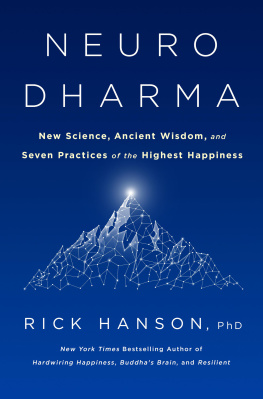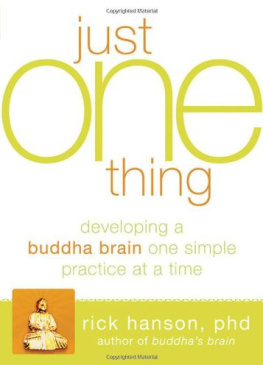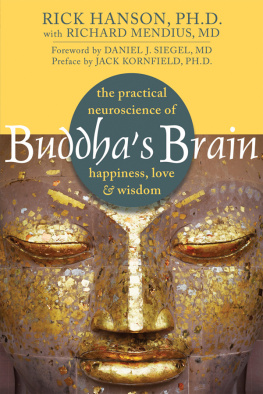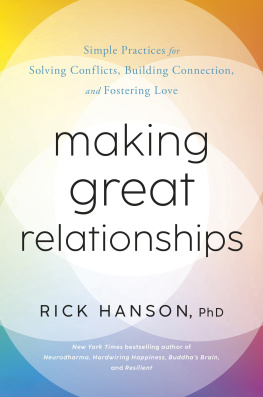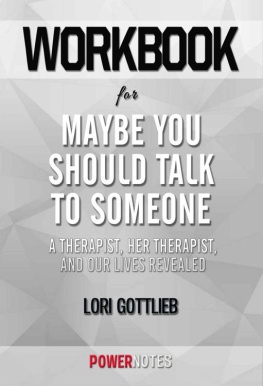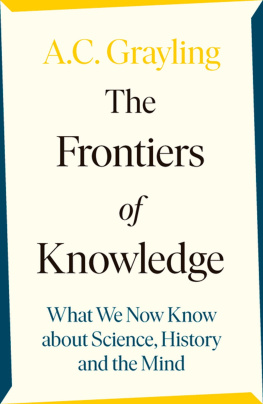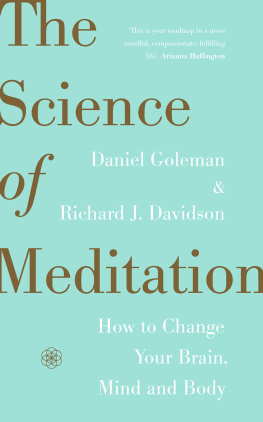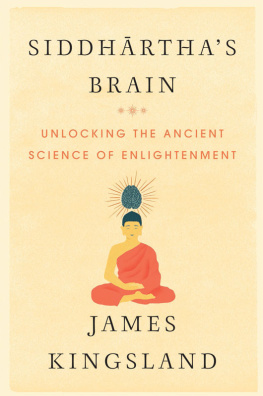Rick Hanson - Neurodharma: New Science, Ancient Wisdom, and Seven Practices of the Highest Happiness
Here you can read online Rick Hanson - Neurodharma: New Science, Ancient Wisdom, and Seven Practices of the Highest Happiness full text of the book (entire story) in english for free. Download pdf and epub, get meaning, cover and reviews about this ebook. year: 2020, publisher: Potter/Ten Speed/Harmony/Rodale, genre: Religion. Description of the work, (preface) as well as reviews are available. Best literature library LitArk.com created for fans of good reading and offers a wide selection of genres:
Romance novel
Science fiction
Adventure
Detective
Science
History
Home and family
Prose
Art
Politics
Computer
Non-fiction
Religion
Business
Children
Humor
Choose a favorite category and find really read worthwhile books. Enjoy immersion in the world of imagination, feel the emotions of the characters or learn something new for yourself, make an fascinating discovery.
- Book:Neurodharma: New Science, Ancient Wisdom, and Seven Practices of the Highest Happiness
- Author:
- Publisher:Potter/Ten Speed/Harmony/Rodale
- Genre:
- Year:2020
- Rating:4 / 5
- Favourites:Add to favourites
- Your mark:
Neurodharma: New Science, Ancient Wisdom, and Seven Practices of the Highest Happiness: summary, description and annotation
We offer to read an annotation, description, summary or preface (depends on what the author of the book "Neurodharma: New Science, Ancient Wisdom, and Seven Practices of the Highest Happiness" wrote himself). If you haven't found the necessary information about the book — write in the comments, we will try to find it.
Throughout history, people have sought the heights of human potentialto become as wise and strong, happy and loving, as any person can ever be. And now recent science is revealing how these remarkable ways of being are based on equally remarkable changes in our own nervous system, making them more attainable than ever before.
In Neurodharma, the follow-up to his classic Buddhas Brain, New York Times bestselling author Rick Hanson, PhD, not only explores the new neuroscience of awakening but also offers a bold yet plausible plan for reverse-engineering peak experiences, sense of oneness, and even enlightenment itself. And he does so with his trademark blend of solid science and warm encouragement, guiding you along this high-reaching path with good humor, accessible tools, and personal examples.
A groundbreaking yet practical book, Neurodharma shares seven practices for strengthening the neural circuitry of profound contentment and inner peacequalities that offer essential support in everyday life while also supporting the exploration of the most radical reaches of human consciousness. Step by step, this book explains how to apply these insights in order to cultivate unshakable presence of mind, a courageous heart, and serenity in a changing world. The breakthroughs of the great teachers are not reserved for the chosen few. Dr. Hanson shows how we can embody them ourselves in daily life to handle stress, heal old pain, feel at ease with others, and rest in the sense of our natural goodness.
The Buddha didnt use an MRI to become enlightened. Still, 2,500 years after he walked the dusty roads of northern India, neuroscientists are discovering the mechanisms of the brain that underpin the Buddhas penetrating analysis of the mind. With deep research, stories, guided meditations, examples, and applications, Dr. Hanson offers a fascinating, inspiring vision of who we can beand an effective path for fulfilling this wonderful possibility.
Rick Hanson: author's other books
Who wrote Neurodharma: New Science, Ancient Wisdom, and Seven Practices of the Highest Happiness? Find out the surname, the name of the author of the book and a list of all author's works by series.

